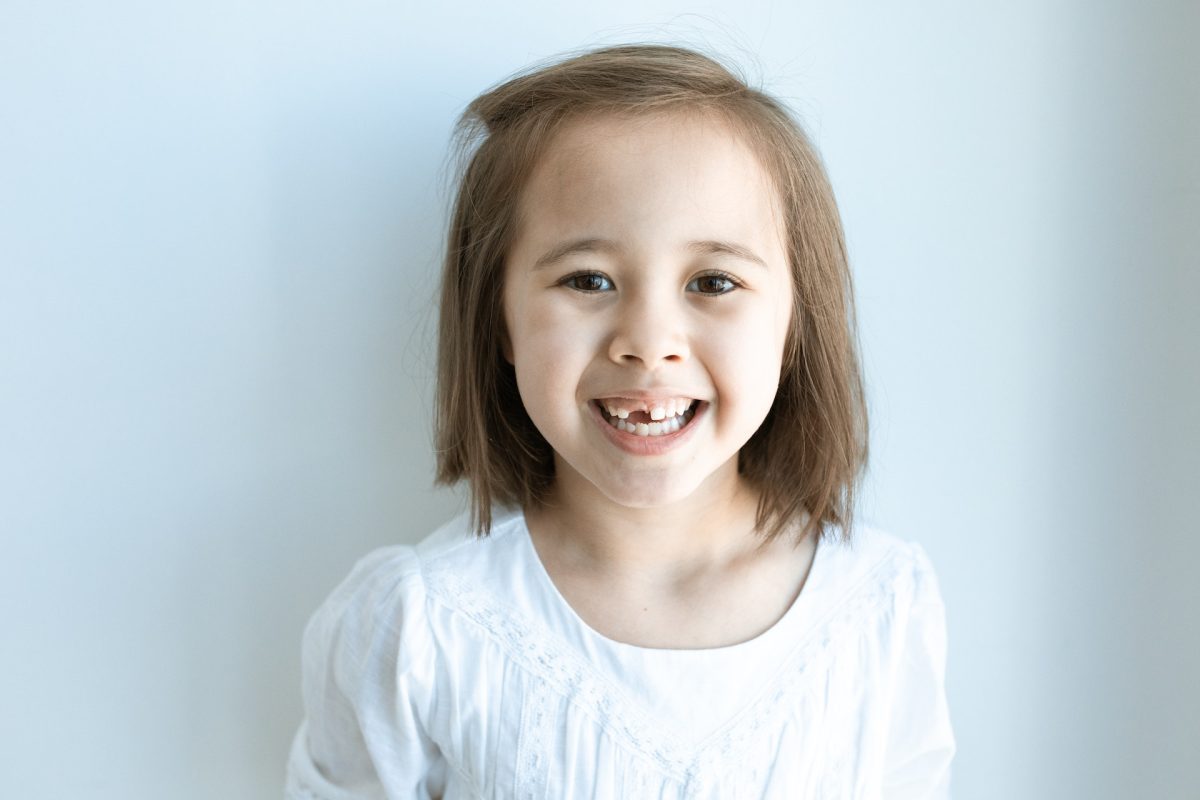As kids get older and start to question if Santa Claus and the Easter Bunny are real, parents have some explaining to do. If your child has asked if the Tooth Fairy is real, we have the backstory to give them. Whether you want to keep the fairy tale alive or give them the hard truth, we have your options covered.

If parents want to tell the truth
If your parenting style is to straight up tell the truth when a child asks you about something in the make-believe world, then drop this knowledge on your kiddo.
Short historical background
Around the 10th to possibly 12th century, the Norse people recorded the “tand-fe” tradition of adults paying children for their first lost tooth. For them, baby teeth held special powers that would protect them, especially if they wore a necklace of baby teeth on the battlefield.
When the Tooth Fairy was invented
The more traditional form of the Tooth Fairy we know today comes from a French fairy tale involving mice, called La Bonne Petite Souris (The Little Mouse). The story takes place in the 1800s and involves a mouse taking a child’s tooth in exchange for a coin.
The first time the Tooth Fairy was mentioned in the U.S.
Here in the U.S., parents should thank Lillian Brown for being able to use the Tooth Fairy to get their kids to brush their teeth. Brown’s article, published in the Chicago Tribune in 1908, first introduced the idea of a fairy that would gift your child 5 cents for each pulled baby tooth.

If parents want to keep the magic going
If you want to preserve your child’s innocence a little longer or think they are too young to have their soul crushed, sprinkle a little magic on them with these fairy facts.
What the Tooth Fairy does with the teeth
While each parent has their own preference for what to do with the teeth they sneak from under their child’s pillow, here’s what to tell when they ask what the Tooth Fairy does with the teeth.
The Tooth Fairy uses them for a variety of things
- Plants them in the garden where they grow into plants and flowers
- Uses them to build/add additions to the fairy’s house
- Turns them into stars in the sky
Where the Tooth Fairy lives
Children always want to know where magical creatures live. While no one knows where the exact address is; the place is a magical world called Fairyland.
Names of the Tooth Fairy in other countries
For fun, give your children a rundown of what the Tooth Fairy is called in other countries.
- Tannfe in Norway
- Tandfe in Sweden
- Tonn aevintyri in Iceland
- Fada dos dentes in Portugal
- Zahnfee in Austria, Germany, and Switzerland
Keeping magical traditions alive is fun (and adorable) when your children are little. As your kids get older, you have to decide what to tell them about those things. So, when your child asks, “Is the Tooth Fairy real?” — you’ll have the information to pick which way to explain it to them.
Editors' Recommendations
- Is your kid screaming for no reason? Here are ways to deal with a screaming child’s behavior
- How old do you have to be to fly alone? Read this before booking your kid’s trip
- Experts say this is how to discipline a kid who doesn’t care about consequences
- When kids believing in Santa come to an end: At what age and why they stop
- Is it OK to lie to your children about Santa Claus? Here’s what experts say



